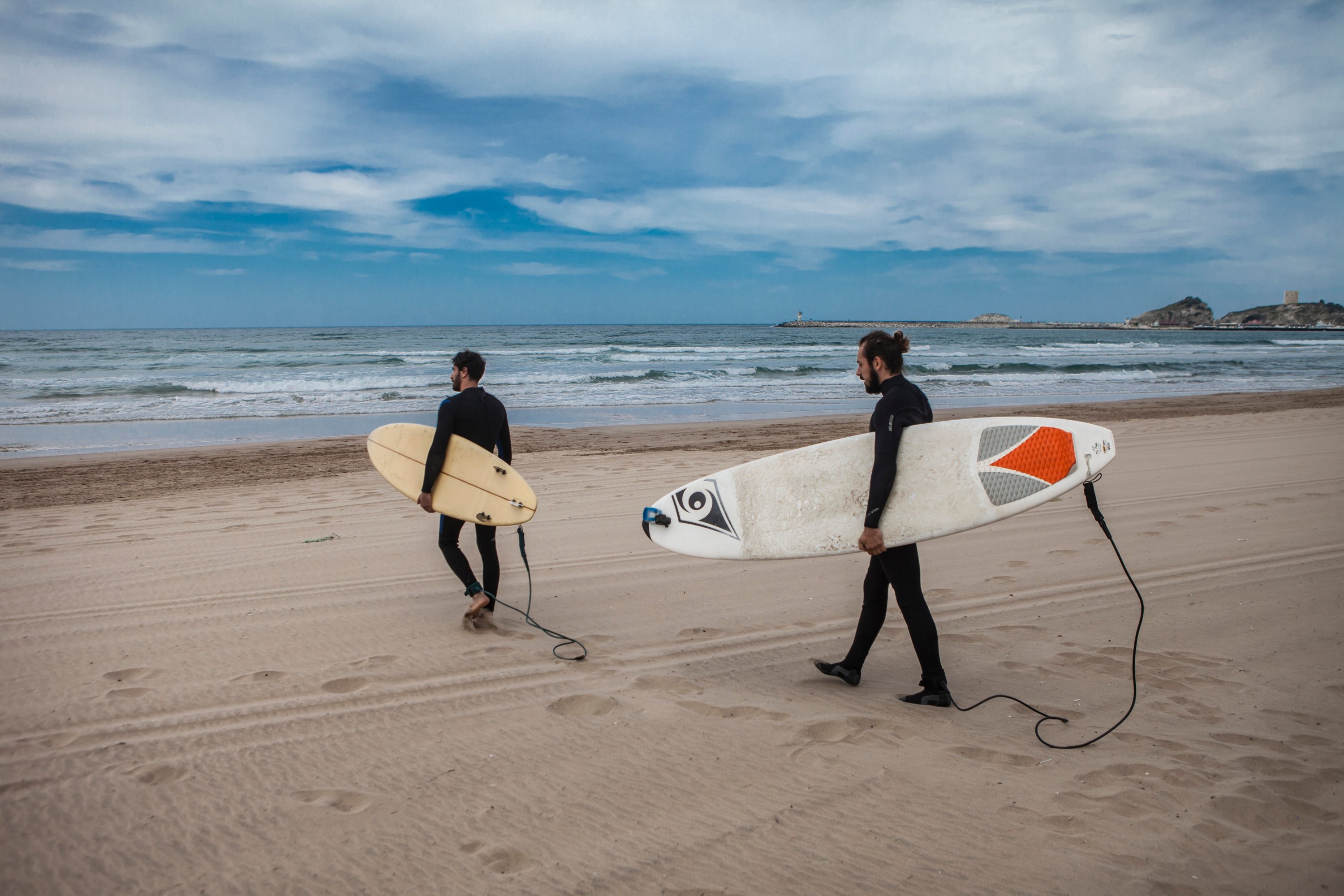

The earliest surviving photos of Hawai‘i were taken a few years after Metcalf’s studio had closed. Clearly a daguerreotype camera would not have been suitable to shoot the quintessential image of Hawai‘i, a surfer riding a wave. This is why the subjects of mid-nineteenth-century portraits often appear dour-one could not hold a smile long enough to take an image. Each portrait requires a few minutes of exposure, and participants had to remain still to produce an image that was not distorted. While none of Metcalf’s images survive, the forte of the daguerreotype cameras was studio portraiture. Could such a camera have captured mid-nineteenth-century Hawaiian surfers riding a wave? It is doubtful. Roughly six years later Theophilus Metcalf opened the first commercial photography studio in the Kingdom of Hawai‘i.Īccording to the advertisements he placed in Honolulu newspapers, Metcalf used Daguerre’s process. It was not until 1839 that Frenchman Louis Daguerre introduced the daguerreotype, the first widely adopted photographic process.

This is not surprising, given that in most cases the engravers who created the prints for these publications were at minimum one step removed from reality-they had not traveled to the Islands themselves and were dependent on the descriptions or sketches of others. Some had surfers on the very top of a wave, and others had surfers riding behind the wave’s crest, as if in danger of sliding backward and out to sea. The oldest known photograph to include a surfer, seen above, was shot in 1887.ĭespite all of the hyperbolic imagery in the written accounts, or perhaps because of it, none of the illustrations that accompany these early narratives accurately depict surfing. The Hilo photo dates to roughly 1890, as does the image on the opening spread. Hanging over the scroll, looking down from it as from a precipice, the bathers halloo every limb in motion to preserve their place at the crest of the wave,” wrote Melville in 1849, two years before his novel Moby-Dick. “Snatching them up, hurries them landward, volume and speed both increasing, till it races along a watery wall, like the smooth, awful verge of Niagara. All were in awe of Hawaiians’ ability to surf. Wave riding had a similar effect on nineteenth-century visitors, including William Ellis, an early Protestant missionary from Great Britain, Herman Melville and, later, Mark Twain. The boldness and address with which we saw them perform these difficult and dangerous maneuvers, was altogether astonishing, and is scarcely to be credited.” … Their first object is to place themselves at the summit of the largest surge, by which they are driven along with amazing rapidity toward the shore. “Beyond the surf, they lay themselves at length on their board, and prepare for their return. “Whenever, from stormy weather, or any extraordinary swell at sea, the impetuosity of the surf is increased to its utmost height, they choose that time for this amusement ,” King writes. The official account of Cook’s trip, A Voyage to the Pacific Ocean, was published posthumously in 1784 and includes a detailed description of surfing, written by Captain James King, one of Cook’s subordinates on his final voyage. Hawaiian surfing has captivated visitors ever since Captain James Cook visited the Islands in 17. The longer answer starts before there was ever a camera. There are a handful of other known photos from the same era, including one in the collection of the Bishop Museum archives that features the same two Hilo surfers as that sold by Bonhams, but in a slightly different pose. Now, to be honest, there is not an immense number of either type of collector, but obviously there was enough competition to get the price way up.” Given the date, the Hilo bay image is among the earliest known photographs of Hawaiian surfers-but is it the oldest? The short answer is no.

“Since the photo is legitimately rare, this aroused interest among surfing collectors as well as Hawaiiana collectors. “The auction house was smart to hype the surf photo,” says Brown.

The image above, of two surfers standing on the edge of Hilo bay, was part of a collection that recently sold at auction for more than $35,000. Early images of surfers and surfing are of growing interest to collectors worldwide.


 0 kommentar(er)
0 kommentar(er)
